Death plummets from the sky, shattering bodies and scattering formations of armed men. For a century, ground attacks by armed aircraft have added an extra dimension of devastation to the battlefield. In some wars, ground attack aircraft have been less than effective. In Vietnam in particular, the Americans were unable to turn aerial bombardments into a strategic advantage. But some wars have shown beyond a shadow of a doubt what aerial attacks can do.
Italo-Turkish War (1911-1912)
The first ever attack on ground troops by an airplane took place on 1 November 1911, during a war between Italy and the Ottoman Empire. Giulio Gavotti, an Italian lieutenant, flew an Etrich Taube monoplane above Ottoman forces in Libya, taking with him a bag of grenades. With these he attacked two targets – the oasis at Tagiura, and the Ottoman military camp at Ain Zara.
Gavotti’s flight was a challenging one – he had to screw the detonators into the grenades and drop them by hand while still piloting the plane. It was also ineffective – no-one was injured by his attacks.
Yet Gavotti had proven that aircraft could reach behind lines to attack enemy troops unawares. His innovation startled the Ottoman troops, leading to a political protest, and set an example that others would follow with far more destructive effect.
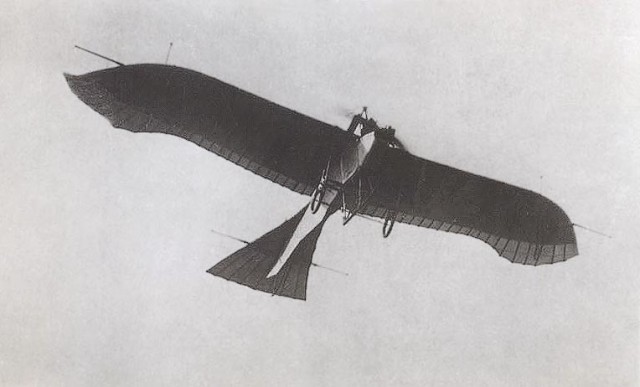
First World War (1914-1918)
The First World War saw the first real developments in aerial warfare, led by innovators such as Oswald Boelcke. Planes started out as reconnaissance craft, and this shaped aerial combat for most of the war, with an emphasis on fighting between pilots.
By the late stages of the war, the potential for aircraft to attack the ground was appreciated. Increasing specialization in design led to aircraft such as the German Junkers J-1. Equipped with extra armor, the J-1 was able to safely descend for low-level attacks on infantry, the pilot protected from their bullets by his plane’s armored belly. J-1s supported the great German offensives of spring 1918, offensives which almost turned the tide of war.
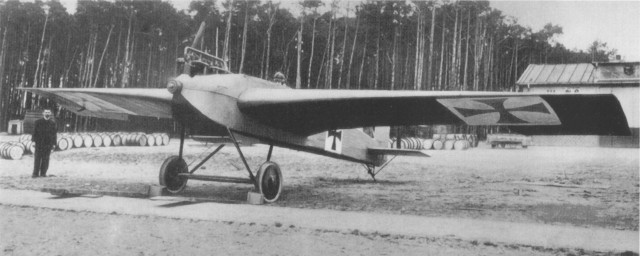
The J-1 showed that ground attack aircraft could be as devastating to morale as to the bodies of the men they attacked. Norman Gladden described seeing the approach of a German attack plane in 1917: “Never before, despite my capacity for fear, had I felt myself so long in the grip of a terror so absolute.”
Spanish Civil War (1936-1939)
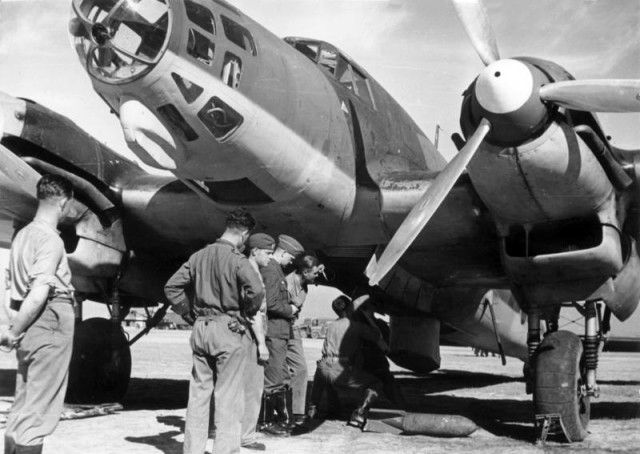
In the lead up to the Second World War, Germany and Italy threw their backing behind right-wing Nationalists forces in the Spanish Civil War. This was partly an opportunity to fight their enemies by proxy, as America would later do in Vietnam. For the Germans, in particular, it was also an opportunity to test new equipment.
German air support, including the mixed ground and air troops of the Condor Legion, proved useful for the Nationalists in battles such as the Battle of Toledo. Technological and industrial superiority allowed them to rain down death upon improvised Republican forces. They bombarded strategic civilian targets, as in the infamous bombing of Guernica, but the war also created an appreciation of the tactical use of air attacks against troops. Ground attack aircraft were refined and combined with forward observers to create the flying artillery that would prove vital in 1939.
Second World War (1939-1945)
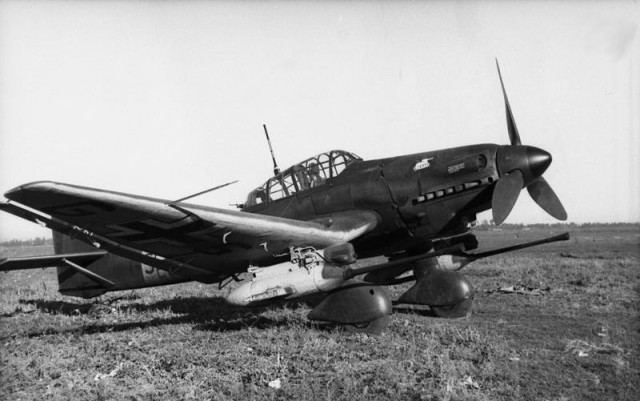
Unsophisticated, ungainly and yet utterly terrifying, the Junkers 87 Stuka was the leading air element in the German Blitzkrieg. Its noise and ferocity shattered enemy morale and savaged Polish ground forces during the invasion of 1939.
Air superiority also brought the Germans their initial victories in the west. On 13 May 1940, in an unprecedented display of aerial power, nearly 1,500 German aircraft attacked fortified French forces defending the west back of the River Meuse. By the end of the day the Germans were across the river and the French heading into full retreat. Ground attack aircraft such as the Stuka and the Henschel Hs 123s supported the German forces as they raced across Frances, attacking Allied units before they could even reach the front.
It was only when they gained superiority in the air that the Allies were able to beat the Germans on the ground. Field-Marshal Rommel, one of the greatest German commanders of the war, was injured on 17 July 1944 by a strafing attack.
Six-Day War (1967)
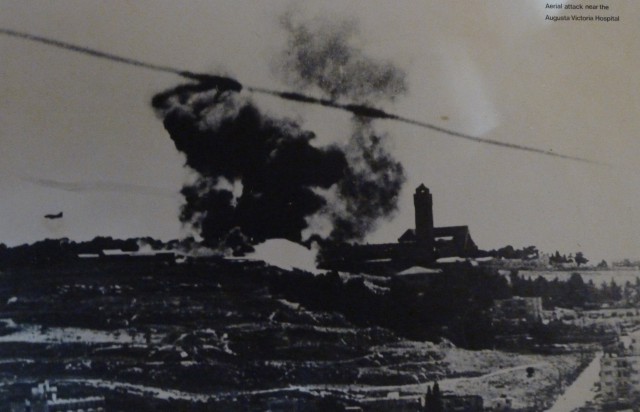
The Six-Day War vastly increased Israel’s territory and ensured its reputation as a military power. This incredible victory over Egypt, Jordan and Syria was in large part down to air power.
By destroying enemy planes while they were on the ground, the Israelis swiftly ensured dominance in the air. Safe from aerial attack, their air force set to supporting the ground offensive. A training plane altered to make it suitable for ground attacks, the Potez Magister proved a particularly potent weapon. The Mitla Pass was left jammed full of the burnt wrecks of Egyptian fighting vehicles.
Arab nations would learn from the Six-Day War and prepare anti-aircraft measures. But the absolute devastation left by air power would remain an icon of Israeli strength.
Gulf War (1990-1991)
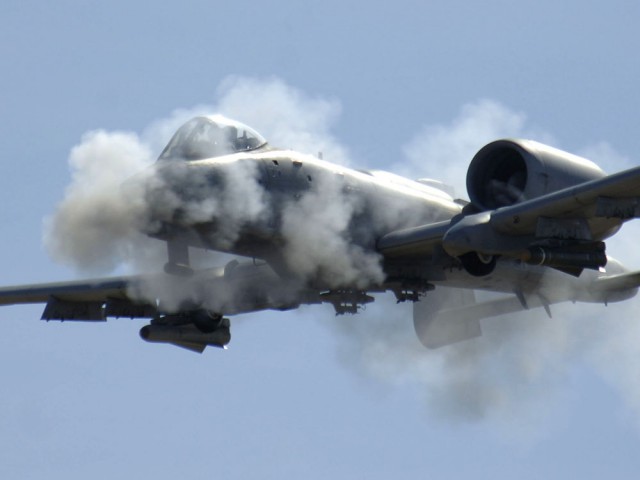
The Gulf War brought aerial bombardment onto TV screens. The world watched live as the American-led coalition leveled Iraqi defenses before a single boot set foot on Iraqi soil. By the time ground fighting started, the war was a foregone conclusion.
The center of this was Operation Desert Storm, a three-stage bombing campaign targeting Iraqi air defenses, command and communication facilities, and then military targets. With Iraq’s armed forces defanged, coalition aircraft were able to move into a support role. Armored columns were smashed on their way to the battle zone. Iraqi ground forces stood no chance against the vast aerial advantage of their enemies.
